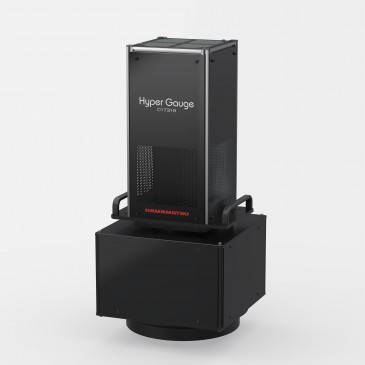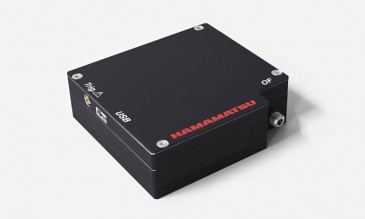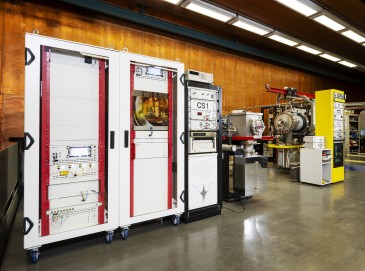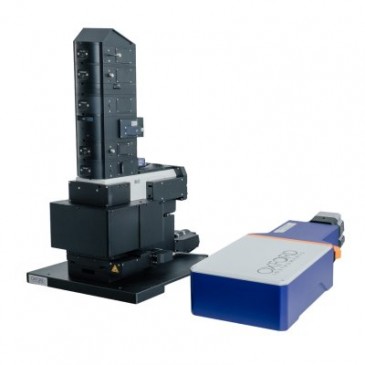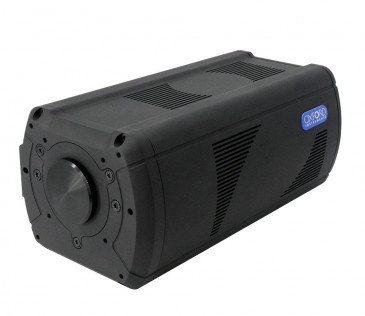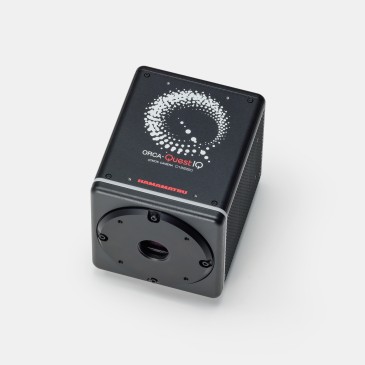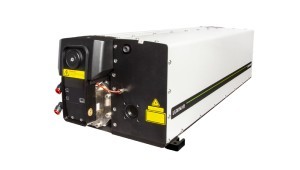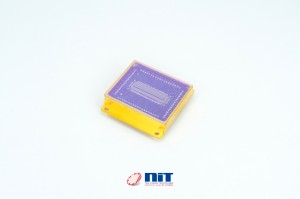
Industrial applications require precise image acquisition for fast-moving objects. In order to solve this problem, Sony has developed the next generation of CMOS image sensors with global shutter function. At 3.45 µm, these pixels are the smallest available for this spectrum in the industry, according to Framos. They are also said to be more sensitive and generate less noise than the existing IMX174/249 sensors (5.86 µm pixel), as well as boasting higher image quality, high resolution and high-speed imaging. In addition, they allow for improved sensitivity in the infra-red spectrum, without the usual distortion.
Sony's new Pregius IMX250/252 sensors allow more pixels on the same surface, which means a higher potential resolution and could lead to smaller cameras. This could allow manufacturers to offer compact models and use smaller lenses. As both sensors are fitted with the same footprint, the same board can be used for a single camera series. Only minor adjustments are required to the lens and electronics due to the varying sensor sizes of 2/3" and 1/1.8". This approach could help minimize development costs.
The Pregius IMX250 and IMX252 are fitted with functions for industrial end users: 1.1 x sensitivity, 3.45 µm pixels (compared with the existing 5.86 µm products), high frame rates in 8, 10 and 12-bit ADC modes, e.g. 163 fps at 8 bits for the IMX250 and 216 fps at 8 bits for the IMX252.
Beyond this, these new CMOS image sensors feature a range of extra functions, such as a variable-speed shutter function, various exposure processes, a maximum of 64 definable regions of interest, and external trigger modes. This last function allows the user to control the memory and readout time to fit their requirements using an external trigger signal. The color image sensors offer subsampling, horizontally and/or vertically inverted readout, and a multiple frame output. The monochrome image sensors also have a pixel addition function in comparison to the color image sensors.
The first engineering samples are available now, with the new top models due to enter full production from the end of 2015.







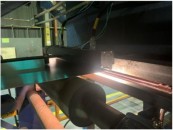














 Back to Products
Back to Products